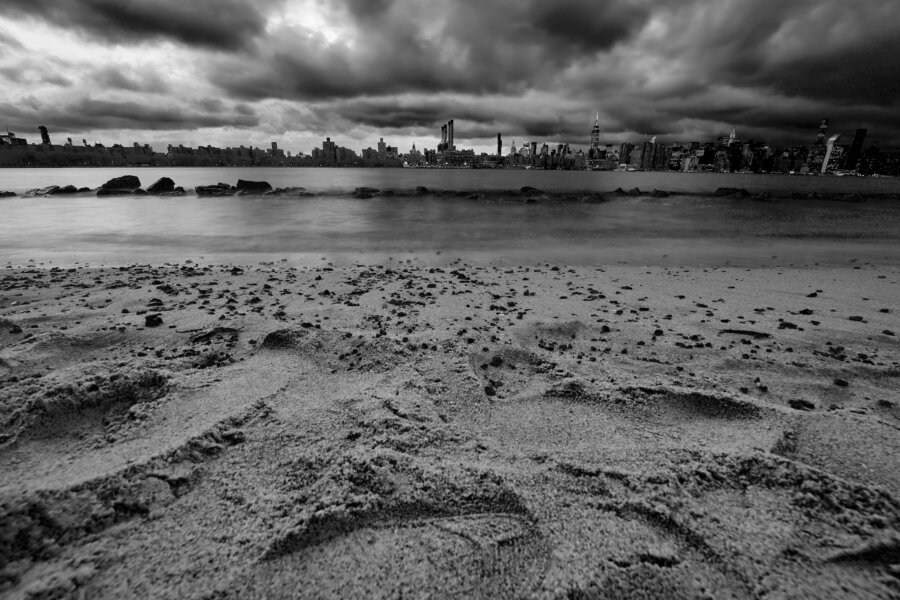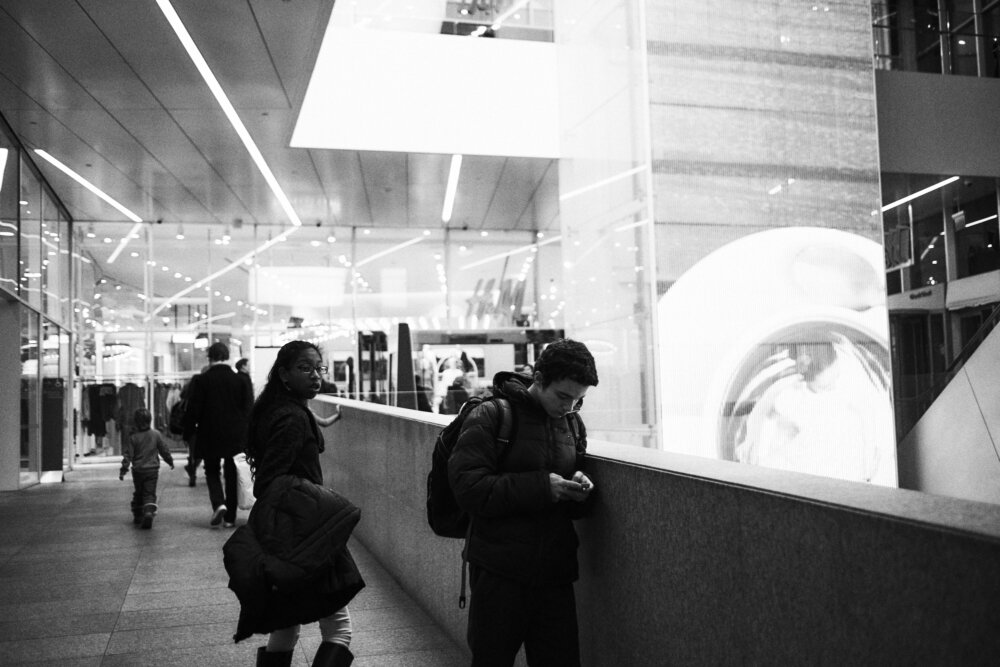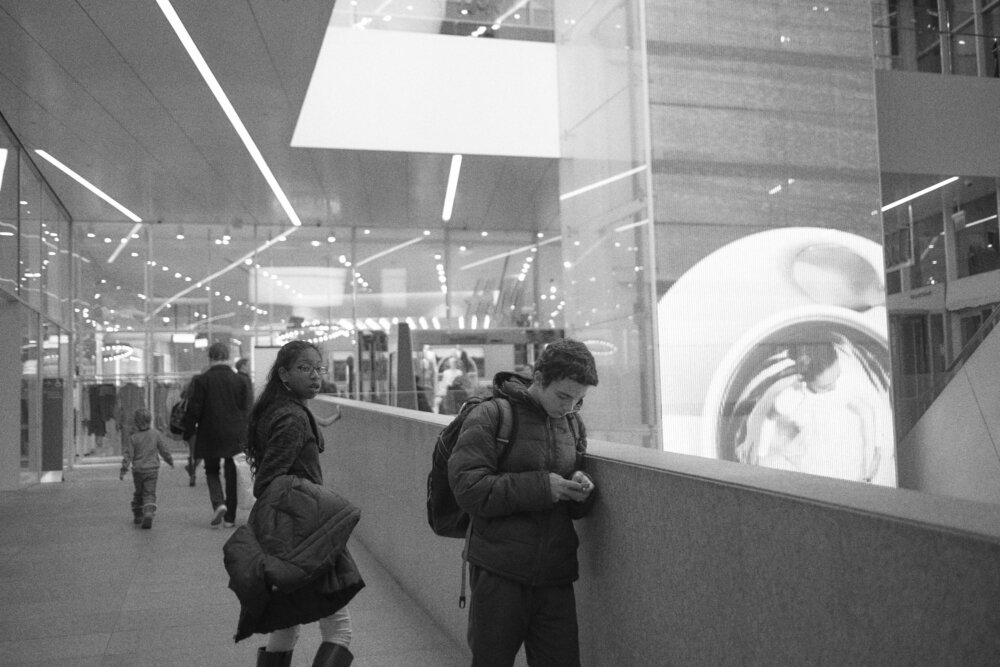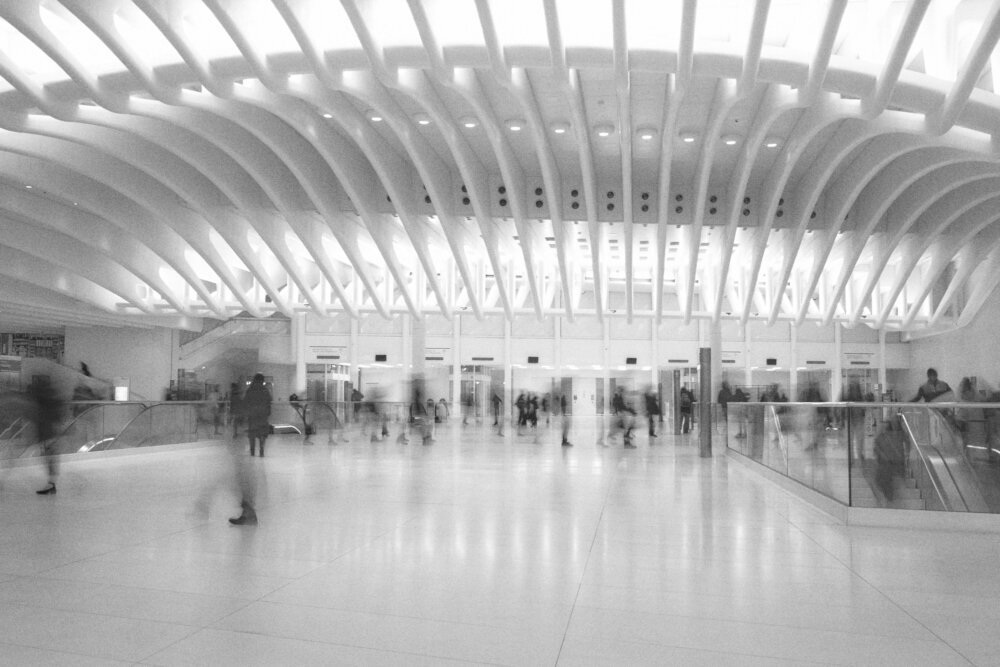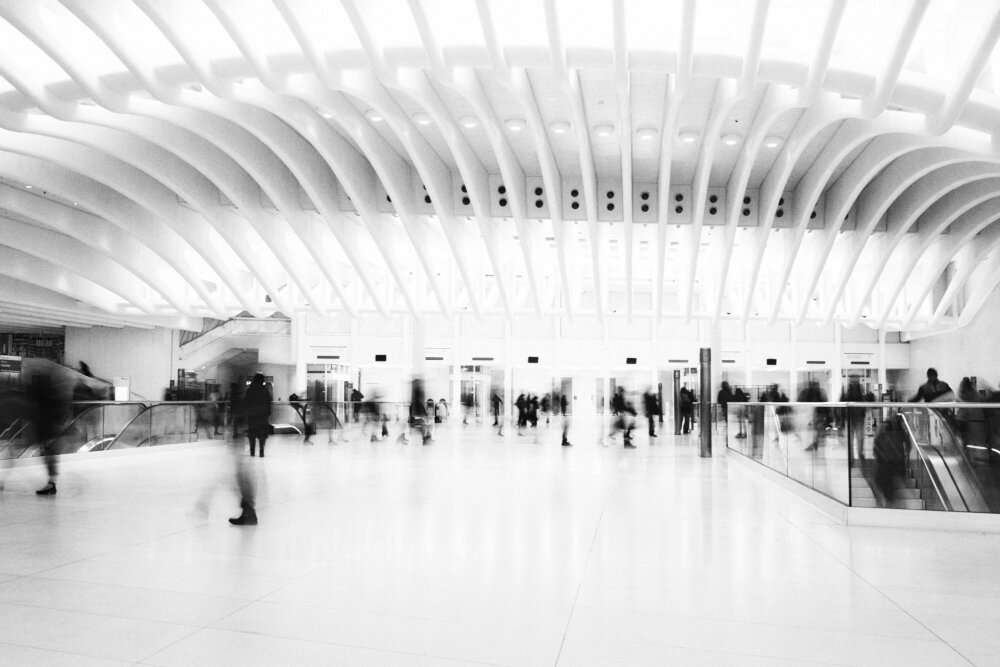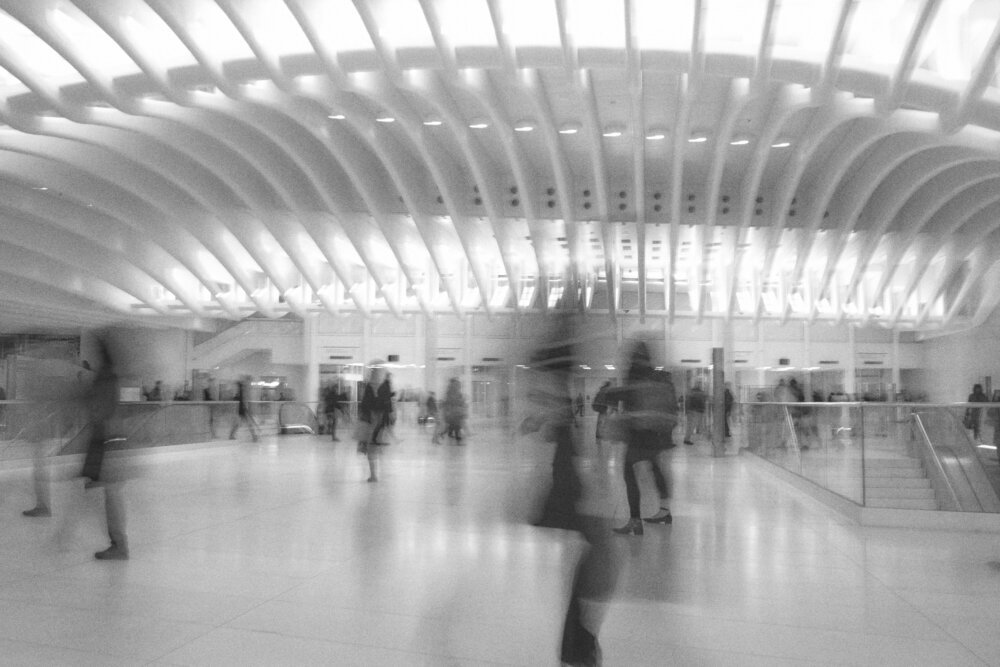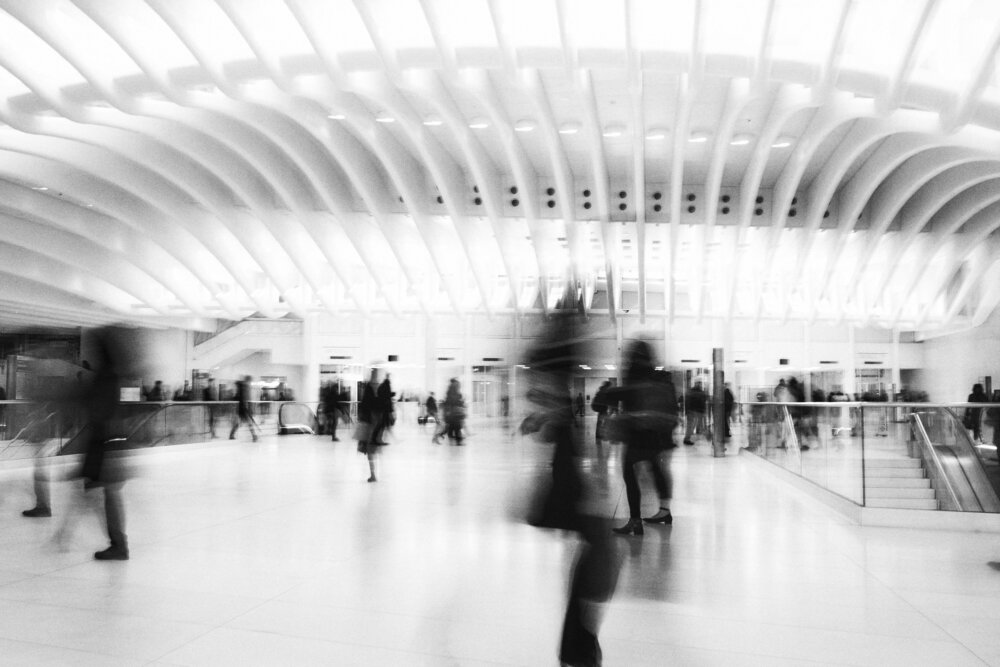High Contrast vs Low Contrast Black and White Photo Editing: What’s the Difference?
What is Contrast?
You’ve probably sat there and known that contrast does one specific thing; but you’ve never really explored it. Contrast, as it pertains to imagery, is the difference between the brightest brights, the whitest whites, the darkest darks, and the blackest blacks. If there are more visible details in an image, then it’s considered low contrast. If there are less visible details, then it’s high contrast. Of course, your own personal observations vary on your vision, your monitor, and how your print came out.
Contrast can also be created simply by looking at the colors in the scene and editing them around in some ways or another. In the scene above, blue dominated and so messing with the blue channel brings out more details or makes the scene darker overall. It’s very much a case by case basis.
The Look
Here’s a scene that was edited to be high contrast. As you can tell it can be difficult to see a lot of key details due to this.
However, then the scene is low contrast, you can see much more details quite easily.
Now let’s think more about this. Honestly, the high contrast scene looks better but you’re not getting the details on the kids’ faces. Those details are important. So what one can do is create a high contrast scene and simply edit the color channels to try to get those details back on the kids. Of course, that all depends on white balance and what’s in the scene too. You could also mask them out and try to bring back more details to look natural.
Aesthetics
Now what about the aesthetics of black and white? As we’ve shown they can be quite dramatic. So let’s take a closer look at a few photos.
See how tough it can be? It would be nice to have all the details clearly visible but the deep blacks are also quite nice. The solution? Low contrast images with deep blacks and a higher exposure.
